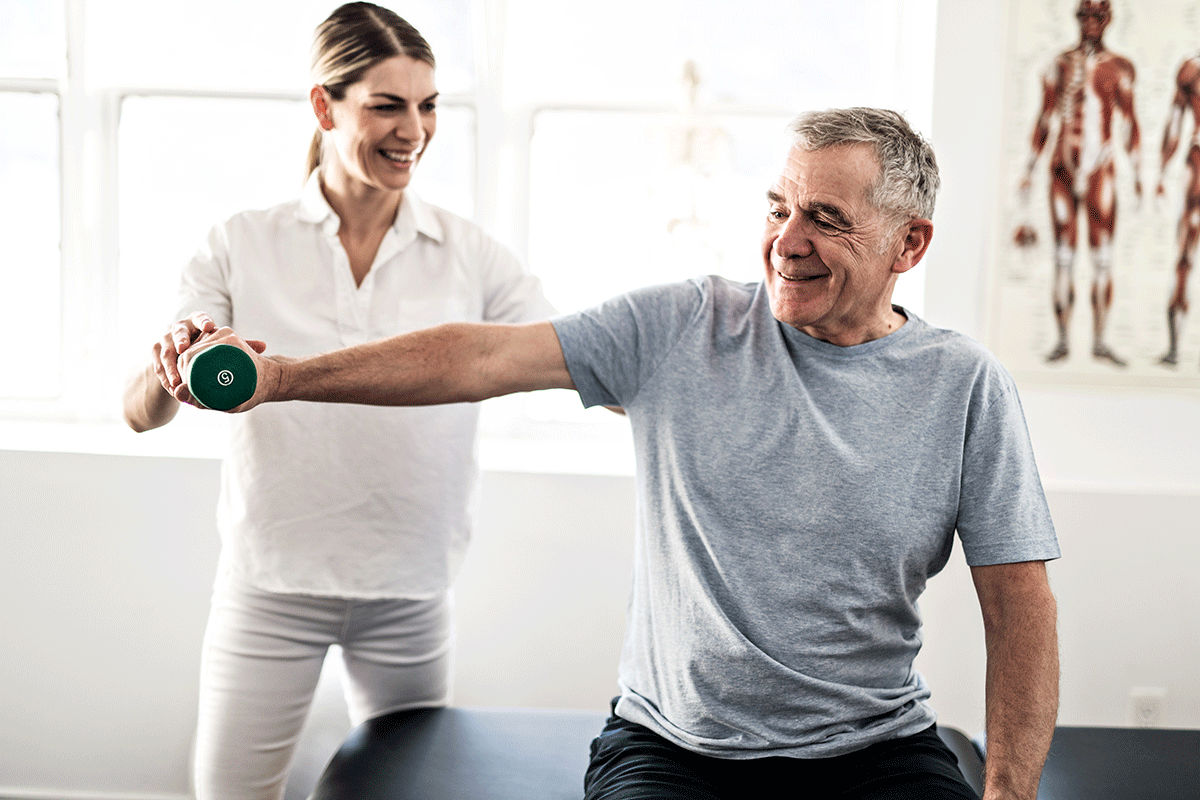The Essential Impact of Resistance Exercise on Enhancing Rehabilitation and Performance in Sports Rehabilitation
The Essential Impact of Resistance Exercise on Enhancing Rehabilitation and Performance in Sports Rehabilitation
Blog Article
Resistance training plays a crucial part in sports recovery, assisting athletes heal from traumas and enhance their overall capabilities. When an individual sustains hurt, their physique needs period to recover. However, during this recovery period, it is crucial to maintain power and mobility to prevent additional damages. Strength conditioning can be customized to suit the needs of each individual, focusing on particular muscle areas that may have been impacted by the trauma. This targeted method not only assists in rehabilitation but also prepares the individual to return to their activity more robust than previously.
One of the primary benefits of resistance training in recovery is its ability to improve muscle power and endurance. When muscular tissues are stronger, they can more effectively support articulations and reduce the chance of re-injury. For instance, an athlete recovering from a leg trauma can benefit from exercises that strengthen the thigh muscles and hamstrings. These muscles play a crucial role in supporting the knee articulation. By incorporating resistance conditioning into their recovery program, athletes can regain their power more effectively and securely.
In furthermore to building power, strength conditioning also enhances flexibility and scope of motion. Many traumas can lead to rigidity in the injured area, causing it difficult for individuals to look here navigate freely. Resistance conditioning exercises often involve extending and lengthening the muscular tissues, which can assist restore mobility. For instance, incorporating weight bands or dumbbells into stretching programs can enhance the effectiveness of these workouts. As flexibility improves, individuals can perform movements more efficiently, which is crucial for optimal performance in their activity.
Another crucial aspect of resistance conditioning in sports rehabilitation is its positive effect on psychological well-being. Recovering from an injury can be a difficult and exasperating process for athletes. Engaging in strength conditioning can offer a feeling of accomplishment and boost self-esteem. As individuals see gains in their strength and abilities, they may feel more driven to persist their rehabilitation journey. This psychological uplift can be just as important as the physical advantages, as a optimistic mindset can lead to improved results in recovery.
Finally, strength conditioning can assist athletes transition back to their activity more seamlessly. Once they have regained their strength and mobility, individuals need to rehearse activity-specific movements to ensure they are prepared for contests. Strength training can be combined with sport-specific drills to create a holistic recovery plan. This blend allows athletes to not only recover but also improve their performance. By focusing on both rehabilitation and performance, strength conditioning becomes an crucial tool in the recovery journey, helping individuals return to their activity more robust and more resilient.